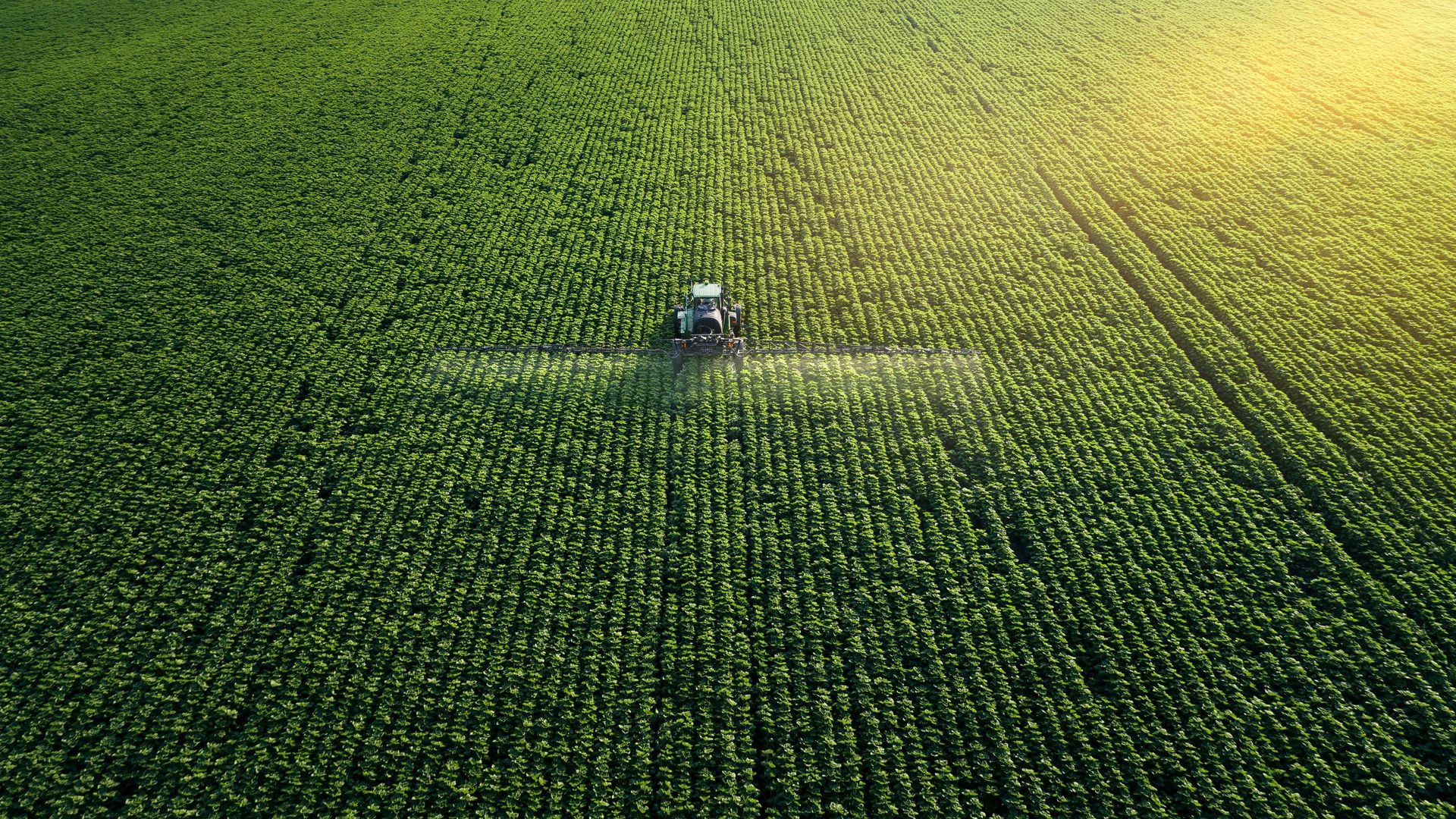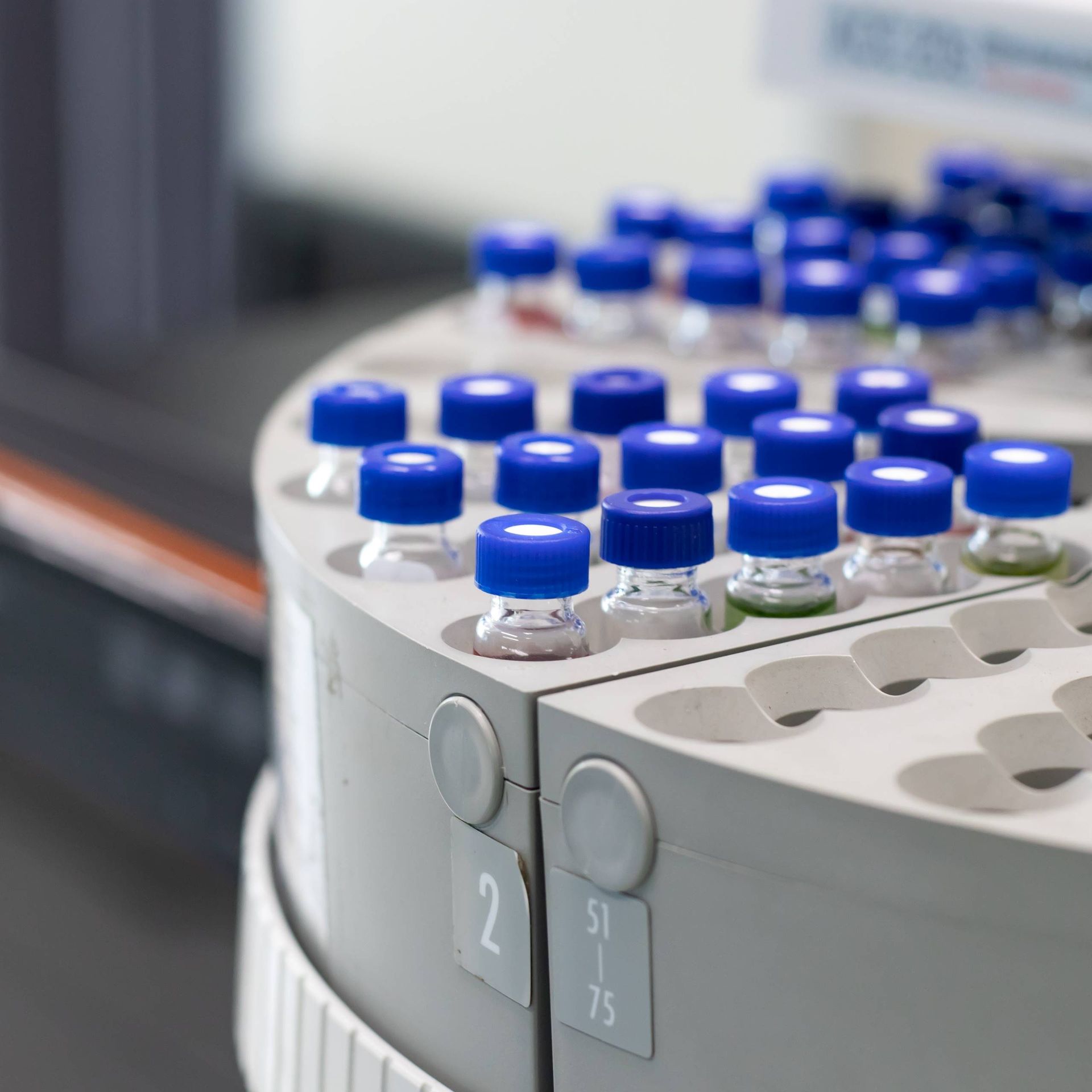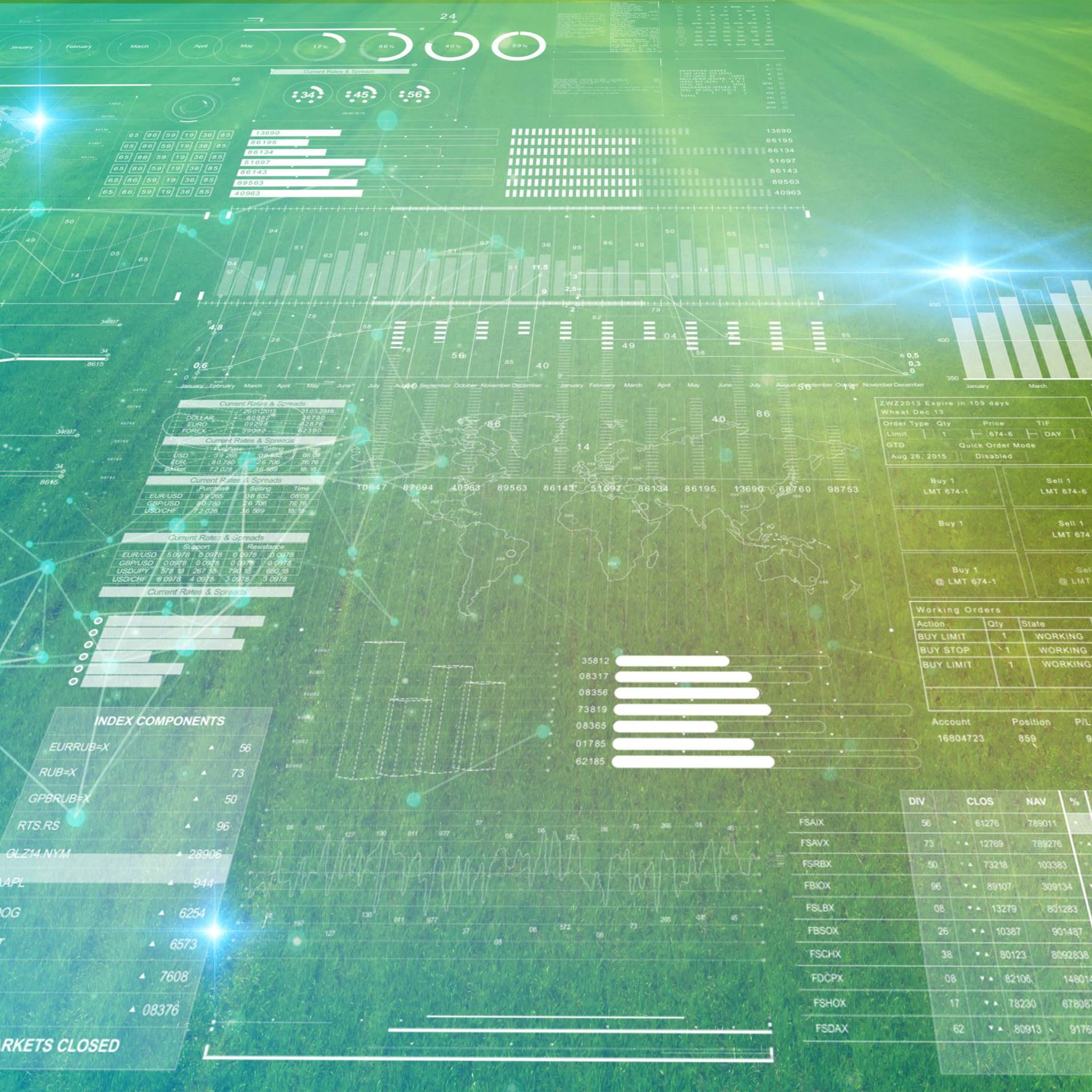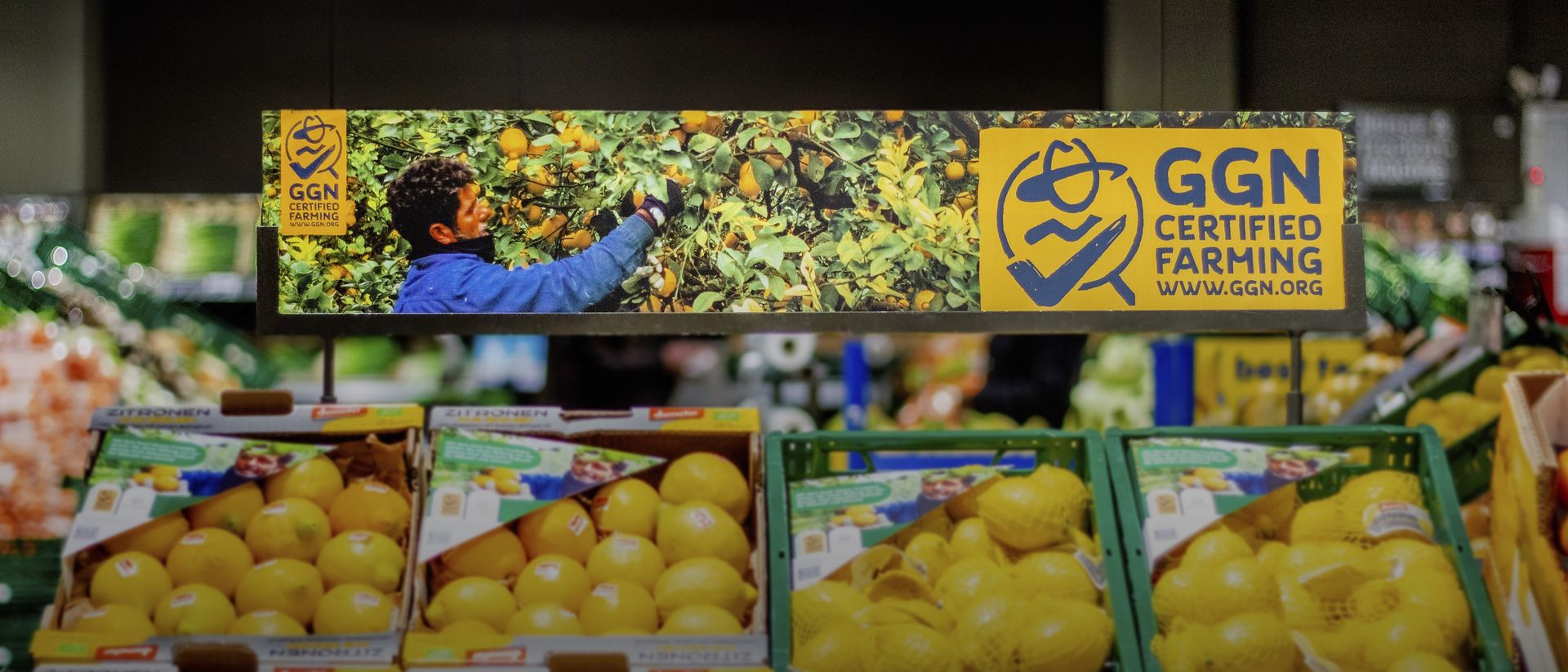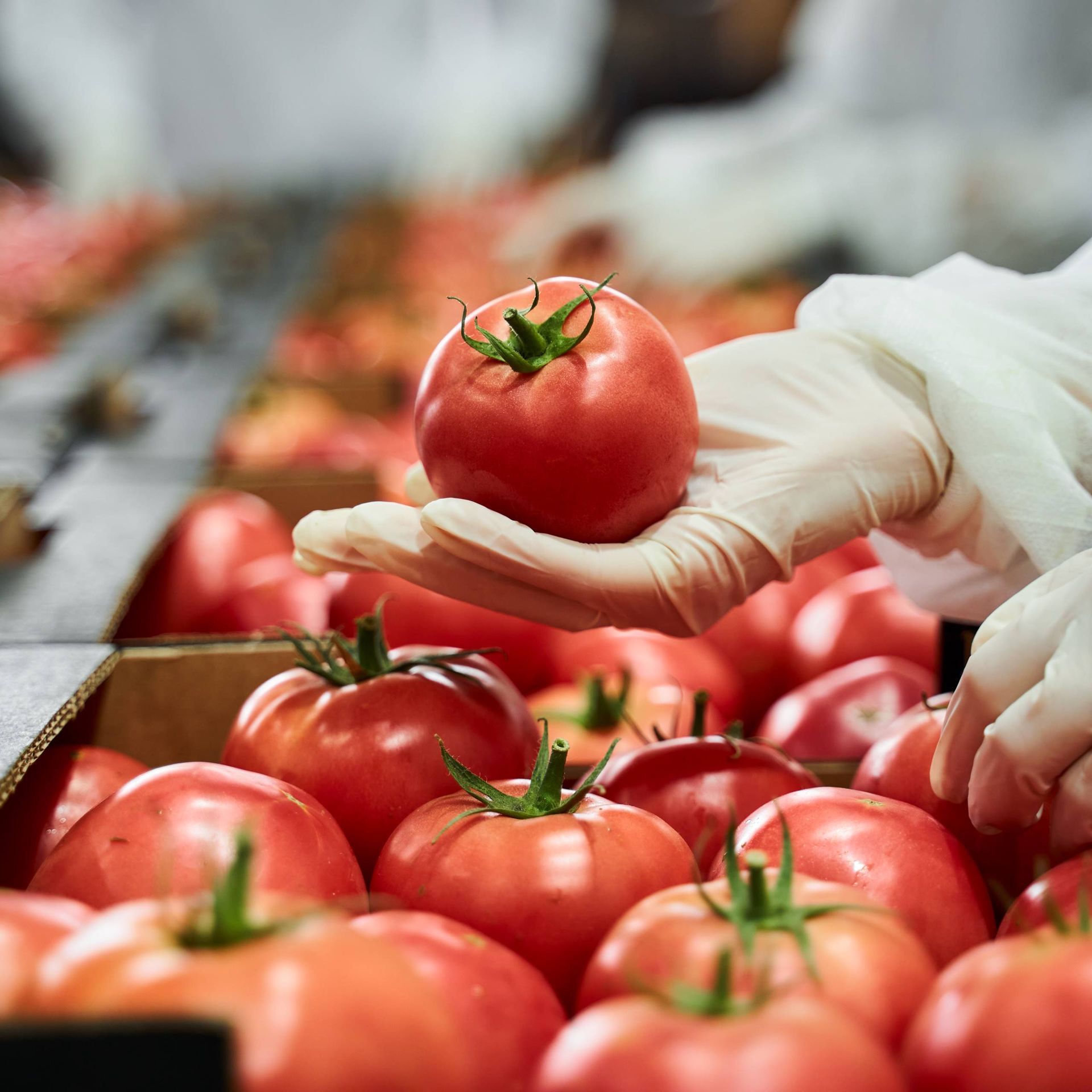Data insights
GLOBALG.A.P. RMS Platform
The Residue Monitoring System (RMS) Platform is a digital data-sharing service that simplifies the reporting of maximum residue limit (MRL) testing. Reporting MRL test results to the GLOBALG.A.P. Secretariat is a mandatory requirement for producers who supply fruit and vegetable products for labelling with the consumer-facing GGN label.
Ensuring the responsible use of plant protection products
What is a residue monitoring system?
A residue monitoring system (RMS) is a tool used to sample and record the results of maximum residue limit (MRL) testing in food. MRL testing is a screening method conducted in a laboratory to analyze residues from the application of plant protection products in crop farming. Participation in residue monitoring systems enables producers to demonstrate compliance and protect product integrity, as well as conduct risk assessments through anonymous peer comparison reports.
Why is MRL testing needed?
Residue monitoring provides assurance and transparency to both retailers and consumers on the responsible use of plant protection products in agricultural production processes. This is achieved through regular MRL testing, which identifies any MRL exceedances in a final product.
MRL testing by producers is also required to demonstrate compliance with residue analysis requirements when seeking certification. The criteria for permitted plant protection products and their use are specified for each crop in national legislation.
The requirement for MRL testing is a core part of the relevant GLOBALG.A.P. standard documents, such as the Integrated Farm Assurance (IFA) standard for fruit and vegetables, as well as for the application of the consumer-facing GGN labe for agriculture.
How are MRL test results reported?
MRL test results are recorded in an RMS. This ensures that producers comply with the legal MRLs for plant protection products. Producers who supply fruit and vegetable products for labelling with the GGN label are required to use a GLOBALG.A.P. approved RMS to share MRL test results.
Who are RMS operators?
There are two types of RMS operators:
Third-party organizations operating an audited RMS service for producers
Third-party RMS operators are not involved in the production, distribution, purchase, or ownership of the sampled products. The sampling therefore qualifies as third-party, for example, RMS services offered by a certification body (CB) or specialized service company.Producer groups or traders operating an audited RMS service for group members or suppliers
Producer groups (under option 2 certification) and other supply chain stakeholders such as traders own the products and are involved in their production and/or distribution. The sampling therefore qualifies as second-party.
To operate an audited RMS service, the RMS operator must be a legal entity with a tax/VAT number and must have a contract with a CB for annual auditing.
Who should use an RMS?
There are two key users of an RMS:
Producers
Producers seeking GLOBALG.A.P. certification need to demonstrate compliance with the residue analysis requirements specified in the standard documents. One way of complying with these requirements for IFA v6 Smart/GFS for plants is to participate in an audited RMS. Participation is available for all IFA v6 certification options:
Option 1: individual certification
Option 1: multisite with or without a quality management system (QMS)
Option 2: group certification (may also operate their own RMS)
Supply chain stakeholders
If the first buyer or handler of products originating from GLOBALG.A.P. certified production processes (not the producer/producer group) is a company with CoC certification, the RMS operator may sample products at the facilities of the company with CoC certification. The first buyer or handler may also operate its own RMS.
How does an RMS work with GLOBALG.A.P. certification?
Aligned with the smart approach
of the IFA v6 standard, the GLOBALG.A.P. Secretariat released the RMS checklist v6 for RMS operators in September 2022
Performance-based sample plans
are defined on a four-point scale: reduced level, standard level, tightened level, and 100% sampling
MRL samples
can be taken either at the production site, or at the premises of a supply chain stakeholder if the relevant party is certified to the GLOBALG.A.P. Chain of Custody (CoC) standard
MRL exceedance cases
higher than the maximum permitted number to maintain a sampling plan will result in the next highest plan applying in the following year/season
The minimum number
of samples per product is defined in the RMS checklist and based on the number of production sites (the production area, which may contain multiple production plots with the same or different products)
Producers and CBs
must be informed if an exceedance is identified during MRL testing, with the producer then responsible for taking appropriate action
Ready to get started?
Use our Smart Checklist Builder to easily understand which GLOBALG.A.P. smart farm assurance solutions are recommended for your production practices and generate a personalized checklist for your self-assessment.
Streamlining data-sharing on MRL testing
What is the GLOBALG.A.P. RMS Platform?
With the increasing focus on digitalization and data-driven processes in the farming sector, the GLOBALG.A.P. RMS Platform simplifies the reporting of maximum residue limit (MRL) testing. Reporting MRL test results to the GLOBALG.A.P. Secretariat is a mandatory requirement for producers who supply fruit and vegetable products for labelling with the consumer-facing GGN label. Launched in 2023, the GLOBALG.A.P. RMS Platform is designed to further strengthen the integrity of our smart farm assurance solutions and the consumer-facing GGN label.
Who can use the GLOBALG.A.P. RMS Platform?
The platform is available for all types of residue monitoring system (RMS) operators.
Individual producers can also upload MRL test results to the platform either themselves or by outsourcing to a service provider. For individual producers, the performance-based sample plan of “100% sampling” applies.
Benefits of the GLOBALG.A.P. RMS Platform
Simplify MRL test result sharing with the GLOBALG.A.P. Secretariat – for both RMS participants and individual producers who do not participate in an audited RMS
Reduce costs through the removal of redundant sampling in the supply chain and the introduction of risk-based and performance-based sampling.
Enhance transparency for buyers with GLOBALG.A.P. RMS Platform participants visible and searchable in the GLOBALG.A.P. IT systems (GLOBALG.A.P. identification number (GGN) and product). MRL test results are only visible to the GLOBALG.A.P. Secretariat and are never shared with third parties.
Improve response time in cases of MRL incidents such as an exceedance or complaint, with the GGN Label team able to access test results and respond immediately to GGN label licensees and their customers.
Gain insights that can be used for MRL risk assessments, with MRL test results reported via the GLOBALG.A.P. RMS Platform converted into anonymous peer comparison reports.
Documents and fees
For the use of the GLOBALG.A.P. RMS Platform, the GLOBALG.A.P. RMS rules apply. This includes the procedure for granting access to the platform.
Fees for use can be found below:
GLOBALG.A.P. RMS Platform fees for producers not participating in an RMS
| Number of samples per year | Fee per sample |
|---|---|
| ≤ 10 | €20.00 |
| 11–50 | €15.00 |
| > 50 | €10.00 |
GLOBALG.A.P. RMS Platform fees for RMS operators
| Number of samples per year | Fee per year |
|---|---|
| 1–100 | €1,000.00 |
| 101–500 | €2,000.00 |
| 501–1,000 | €2,500.00 |
| 1,001–2,000 | €2,750.00 |
| > 2,000 | €3,000.00 |
GGN label
The use of the GLOBALG.A.P. RMS Platform is mandatory for producers supplying products with the GGN label.
Producers can share MRL test results through their RMS service provider or as an individual.
Learn more about the GGN label requirements.
Making responsible farming visible to consumers
The GGN label is a consumer label for certified, responsible farming and transparency found on fruit and vegetables, farmed seafood, flowers, and plants. Improve your competitive edge and grow trust in your brand by making responsible farming visible on store shelves!
Improving efficiency for RMS operators
Residue monitoring system checklist
As part of the Integrated Farm Assurance (IFA) version 6 standard revision, we created a residue monitoring system (RMS) checklist version 6. These changes improve visibility on RMS systems, provide more flexibility on supply chain testing, and introduce performance-based sampling plans.
RMS checklist v6
The normative criteria for RMS owners previously formed part of the IFA v5 Crops Base module in Annex Crops Base 5, part B, “Mandatory minimum criteria of a residue monitoring system (RMS).” The IFA v6 principles and criteria no longer contain guidance documents and annexes. These documents are now published independently.
“IFA v5 Crops Base, Annex Crops Base 5, part B” has therefore been replaced by the RMS checklist v6 that must be used for the assessment of RMS owners. The principles and criteria in this checklist have been updated.
Key documents
GLOBALG.A.P. trademarks use: policy and guidelines
Rules and regulations
V1.0-1
English | Last updated: 25/01/2024
Rules and regulations define how a specific standard must be implemented – from the certification scope to the audit requirements for certification bodies.
GLOBALG.A.P. Maximum Residue Limit (MRL) complaint procedure
Guidelines and supporting documents
V2
English | Last updated: 22/08/2023
Guidelines and supporting documents are developed by the GLOBALG.A.P. Secretariat to help producers understand the terminology, legal requirements, and farm-level implementation of GLOBALG.A.P. standards and add-ons.
What are the changes from IFA v5 to v6?
Who should use the new RMS v6 checklist?
MRL testing is a requirement for producers within the framework of IFA for plants. This applies to all product categories except flowers and ornamentals.
With the new RMS checklist v6, MRL testing of producers is now also available for agricultural products that have already entered the supply chain. Stakeholders such as traders have the opportunity to either participate in an audited RMS or to operate their own RMS. Within the framework of the CoC standard, this is optional and not a requirement.
The RMS checklist v6 can be found in the document center.
FAQ
Contact us
For questions about the RMS Platform, please contact us at customer_support@globalgap.org.
For questions about the residue monitoring system checklist, please contact us at standard_support@globalgap.org.
